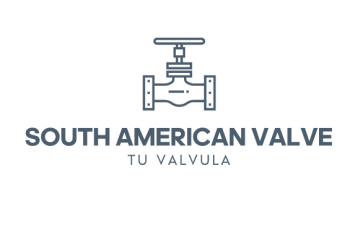Pneumatic Control Valve
UAE Valves emerges as the premier pneumatic control valve supplier in UAE that regulates fluid flow by means of compressed air. To control the flow of air, water, or other fluids, it uses pneumatic pressure to move a valve actuator, which then opens or closes the valve.
FUNCTIONS
●By shutting off specific areas without compromising the functionality of the entire system, they can isolate specific elements of it for upkeep or safety purposes.
●Certain valves are made to release excess pressure when the system is under pressure, shielding components from possible harm.
●Can function as basic on/off switches to control whether an actuator or a process is operational, or to permit or prohibit the passage of compressed air.
●Aid in controlling or preserving the pneumatic system’s pressure.
●Control how quickly pressurized air enters and exits a system.
ADVANTAGES
●They require less frequent maintenance than other types of control valves because of their sturdy structure and straightforward functioning.
●When contrasted to electrical systems, they are typically thought to be safer in explosive or dangerous conditions.
●They are usually made to endure aggressive settings and circumstances, like hot temperatures, dust, and dampness.
●Integrates readily with a range of control systems, including fully automated, semi-automated, and manual ones.
●Air, which is pure and non-flammable, is used in pneumatic systems. They may therefore function rapidly, offering quick actuation and response times, making them appropriate for settings where hygiene and safety are top concerns.
INDUSTRIES
●Oil and gas industry
●Mining industry
●Chemical processing industry
●HVAC systems
●Automotive industry
●Manufacturing
COMPONENTS
Valve body : The major structure that contains all of the interior parts is called the valve body.
Actuator: Produces mechanical action to open or close the valve based on the control signal.
flow path : The internal channels or ports that allow compressed air to move through.
Valve seat : serves as a surface against which the valve can seal when closed, preventing air leaks from passing through the valve.
3 Way Converging and Diverging Control Valve
3 Way Pneumatic Diaphragm Control Valve
Control Valve
Control Valve
Control Valve
Control Valve
Control Valve
Control Valve
Control Valve
Control Valve




















